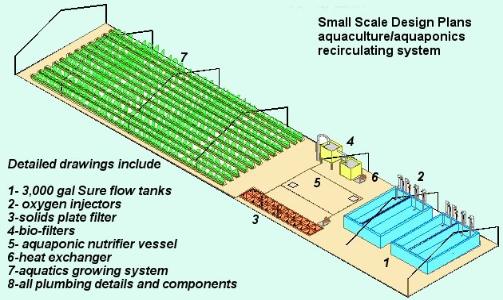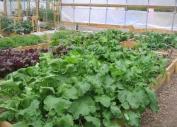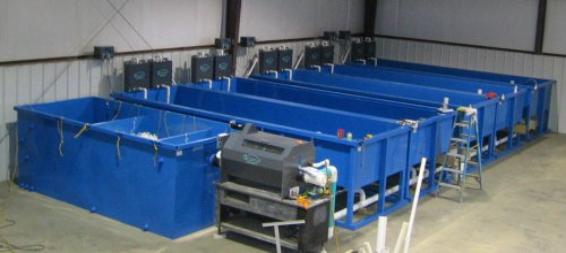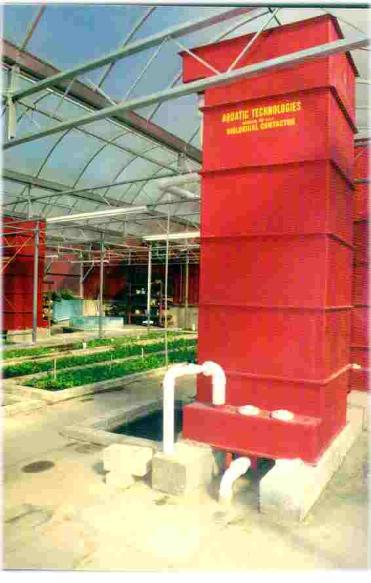Phoenix Voyage is addressing global hunger with easy to maintain food systems.Introducing state-of-the-art aquaponics and aquaculture systems which bring an abundance of organic food to an entire community!
|
|
|
AquaponicsAquaponics is a sustainable food production system that combines conventional aquaculture (raising aquatic animals such as snails, fish, crayfish or prawns in tanks), with hydroponics (cultivating plants in water) in a symbiotic environment. In aquaculture, effluents accumulate in the water, increasing toxicity for the fish.
|
This water is led to a hydroponic system where the by-products from the aquaculture are broken down by nitrogen-fixing bacteria then filtered out by the plants as nutrients, after which the cleaned water is recirculated back to the Fish.Aquaponic systems do not typically discharge or exchange water under normal operation, but instead recirculate and reuse water very effectively. The system relies on the relationship between the animals and the plants to maintain a stable aquatic environment that experience a minimum of fluctuation in ambient nutrient and oxygen levels. As a result, aquaponics uses approximately 2% of the water that a conventionally irrigated farm requires for the same vegetable production.
Benefits:
|




